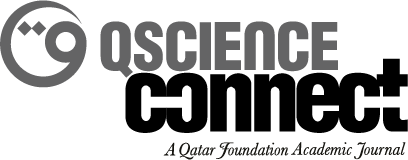-
oa The Body Writes Back: The Pharmacopolitics of Cure and Care in Rabih Alameddine’s Koolaids: The Art of War
- المصدر: QScience Connect, Volume 2022, Issue Issue 3- Medical Humanities in the Middle East Conference, أغسطس ٢٠٢٢, 28
-
- ٣١ أغسطس ٢٠٢٢
Technoscientific pharmacology involved in finding remedies for diseases has always been concerned with the activity of relevant medical support at the cellular level, working on the principles of the Cartesian treatment of the body as a machine to be tinkered upon and moulded by the power of the pharmakon. As such, the project of determining a cure for any disease ends in creating what Michael Montagne calls pharmacomythology, that is, a single story of the drug (inevitably a remedy or a poison) that concerns itself with dominant patterns only and eliminates the rest as anomalies (13). In doing so, scientific drug narratives overlook the agency of the body that has ingested the drug, something that goes beyond the dose-response relationships and places the diseased body at the crossroads of automation and autonomy. These contradictory aspects reveal themselves in their respective ways; the former allowing the artificial power of the pharmakon to ‘write’, or rather ‘rewrite/overwrite’ the body, and the latter augmenting the ability of the body to exert its own power over the institutionally organised, extraneous control of the pharmakon and ‘write back’. Rabih Alameddine’s Koolaids: The Art of War is a novel that contests the largely Western medical paradigm of AIDS care and cure with the anomalous states of the body under the regulation of technomedical knowledge and support. The diseased bodies of the various characters not only narrate against the clinical nature of should-be’s and should-not-be’s in the Western healthcare system with alternative, unscientific dimensions of healing, but also against the sensational and oversentimental rhetoric tailing the former. Bodies that are forced to heal reject the institutionalised care, and those that have lost hope from such care find solace and amelioration (if only temporary) from the non-traditional practices rooted in the non-Western cultural identity of the characters. Bodies also reject the idea that AIDS has a single, unidirectional narrative of dying and death, or that the scientific paradigm of treatment that merely depends on the transparency of a therapeutic cause-effect relationship is the only key to everyday normalcy that HIV-positive patients should aspire to. Ensconced within the recurring motifs of war against a virus and between communities, the silent war of the body against the traditions of healthcare has, according to this researcher, proven a worthy theme of study. This paper, therefore, aims to examine how Alameddine’s novel destabilises the constructed relationship between the diseased and accepted modes of treatment at the intersections of race, faith, gender, sexuality, ability and beyond to establish a dimension of healing that does not cater for the escapism of a cure but for the transformation of care itself.


